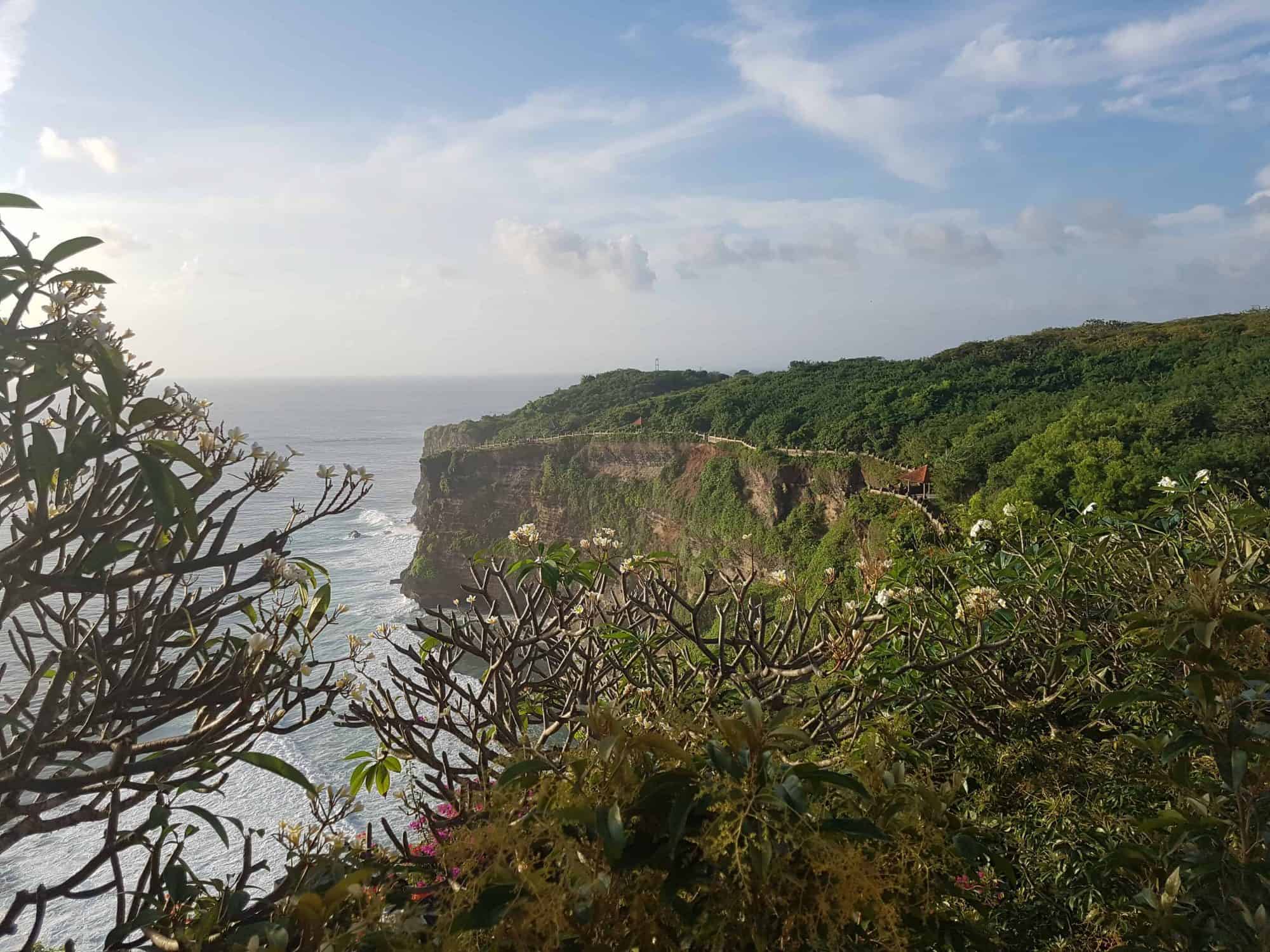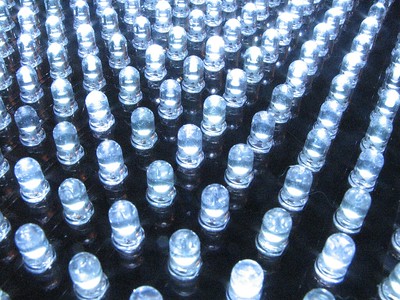Costa Rica is set to achieve over 98% of electricity generation from renewable sources for the fifth consecutive year. In 2019, the National Center for Energy Control (CENCE) declared that Costa Rica should generate around 98.84% of its electricity from a variety of renewable methods. Hydropower accounts for 67.5% of the country’s renewable energy. Wind and geothermal energy contribute 17% and 13.5% respectively. Biomass and solar both account for 0.84%. This use of renewable energy has eliminated the need for coal and natural gas sources of energy for the generation of electricity.
However, we note that Costa Rica’s transportation and heating requirements fulfilled by fossil fuels. Costa Rica plans to decarbonise its economy by 2050. This plan includes the modernisation of their transport system in the capital of San José. Additionally, Costa Rica aims to introduce fully electric trains, buses and taxis as well as promote biking and walking.


















